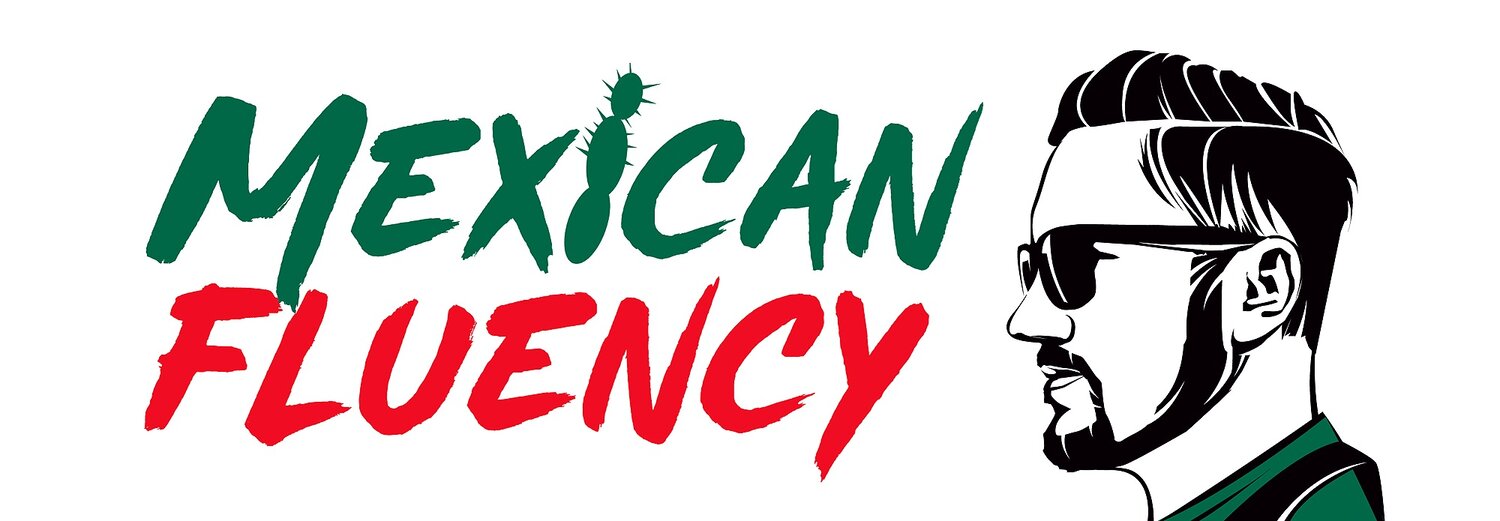The Top 10 Most Useful Profanity Expletives in Mexican Spanish Pt. 1
When truly mastering a language, it’s not just about grammar and vocabulary—cultural nuances and expressions are just as important. In Mexican Spanish, profanity expletives are woven into everyday conversations and can express a wide range of emotions, from frustration to excitement.
While it's essential to use them with caution and respect, understanding these expletives can give you deeper insight into Mexican culture and make your Spanish sound more authentic.
Here are the top 10 most helpful profanity expletives in Mexican Spanish and mini-dialogues to show you how they’re commonly used.
1. ¡Chinga!
🇲🇽 Meaning: This versatile expletive can express frustration, surprise, or anger.
Example Dialogue:
Pedro: ¿Ya viste que se me cayó el café en la camisa?
Juan: ¡Chinga! Qué mala suerte, güey.
-
🇺🇸 Translation:
Pedro: Did you see I spilled coffee on my shirt?
Juan: Damn! What bad luck, man.
2. Pinche
🇲🇽 Meaning: Used as an intensifier to emphasize negativity, like “damn” or “freaking.”
Example Dialogue:
María: No encuentro mis pinches llaves.
Laura: Siempre las pierdes, pinche distraída.
-
🇺🇸 Translation:
María: I can’t find my damn keys.
Laura: You always lose them, you freaking scatterbrain.
3. ¡No mames!
🇲🇽 Meaning: Expresses disbelief, surprise, or even annoyance; similar to “No way!” or “Are you kidding me?”
Example Dialogue:
Carlos: Gané la lotería ayer.
José: ¡No mames! ¿En serio?
-
🇺🇸 Translation:
Carlos: I won the lottery yesterday.
José: No way! Seriously?
4. Cabrón
🇲🇽 Meaning: Can be either an insult or a term of endearment, depending on the context.
Example Dialogue:
Luis: Ese cabrón me chocó y ni siquiera se disculpó.
Rafa: Qué cabrón tan irresponsible.
-
🇺🇸 Translation:
Luis: That jerk hit my car and didn’t even apologize.
Rafa: What an irresponsible bastard.
5. ¡Vete a la chingada!
🇲🇽 Meaning: A strong way to tell someone to go away, similar to “Go to hell!”
Example Dialogue:
Sofía: No quiero volver a verte.
Ramón: ¡Pues vete a la chingada entonces!
-
🇺🇸 Translation:
Sofía: I don’t want to see you again.
Ramón: Well, go to hell then!
6. Pendejo/a
🇲🇽 Meaning: Insult meaning “idiot” or “fool,” often used among friends jokingly.
Example Dialogue:
Roberto: ¿Por qué apagaste la computadora sin guardar mi trabajo, pendejo?
Mateo: Lo siento, no me di cuenta.
-
🇺🇸 Translation:
Roberto: Why did you turn off the computer without saving my work, idiot?
Mateo: Sorry, I didn’t realize.
7. Madre
🇲🇽 Meaning: Used in various expressions, often relating to “mother,” it can add emphasis or express anger.
Example Dialogue:
Ana: ¡Me lleva la madre, se me olvidaron los boletos!
Clara: Tranquila, podemos imprimirlos de nuevo.
-
🇺🇸 Translation:
Ana: Damn it, I forgot the tickets!
Clara: Relax, we can print them again.
8. Hijo de puta
🇲🇽 Meaning: A strong insult, equivalent to “son of a bitch.”
Example Dialogue:
Diego: Ese hijo de puta me engañó con el precio.
Fernando: Qué desgraciado, hay que reportarlo.
-
🇺🇸 Translation:
Diego: That son of a bitch ripped me off with the price.
Fernando: What a bastard, we should report him.
9. ¡Carajo!
🇲🇽 Meaning: An expletive expressing frustration, like “Damn it!”
Example Dialogue:
Julio: ¿Otra vez se descompuso el coche?
Martín: ¡Carajo! Ya estoy harto de este carro viejo.
-
🇺🇸 Translation:
Julio: Did the car break down again?
Martín: Damn it! I’m fed up with this old car.
10. ¡Qué pedo!
🇲🇽 Meaning: Can mean “What’s up?” in a friendly context or “What the hell?” in a negative context.
Example Dialogue:
Alejandro: ¿Qué pedo con la fiesta de anoche?
Rodrigo: Estuvo chida, pero algunos se pasaron de copas.
-
🇺🇸 Translation:
Alejandro: What the hell happened with the party last night?
Rodrigo: It was cool, but some people drank too much.
Final Thoughts
Using these expletives in the right context can make your Spanish sound more authentic, but remember that they are still considered strong language.
It's important to understand and use the cultural nuances appropriately—what might be common in one situation could be offensive in another. Whether you're chatting with friends or watching a Mexican telenovela, these expressions will surely add flavor to your Spanish!
Explore more about Mexican Spanish, culture, and language tips at MexicanFluency.com.
